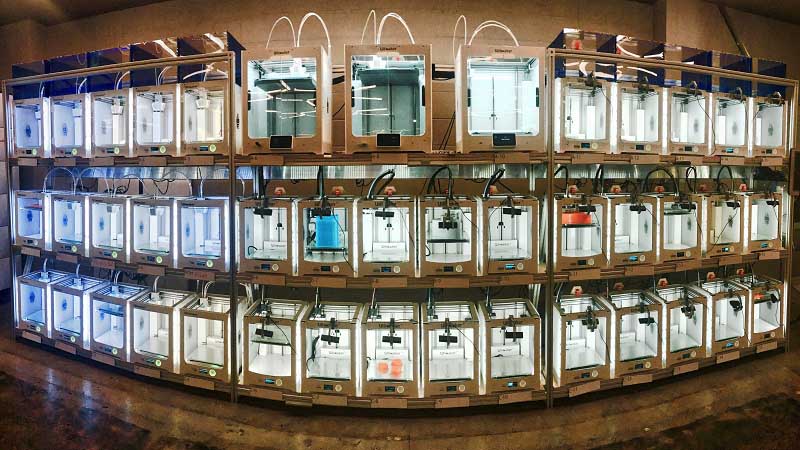
Tawfig Khoury, MD, an otolaryngology (ear and throat) resident at Duke University makes 3D printed medical models of the ear’s delicate temporal bones used for the purposes of medical training while Dr.Khoury works on his 3D printed models at the university’s Innovation Co-Lab Studio, previously described as a “creativity incubator,” also includes 3D scanning equipment, CNC machines and laser cutters, digital modeling workstations, and a number of other electronics. In order to receive and handle requests for 3D prints from around the world, the studio uses 3DPrinterOS, which gives users access to an online, live-streaming video of the project while it’s being 3D printed.